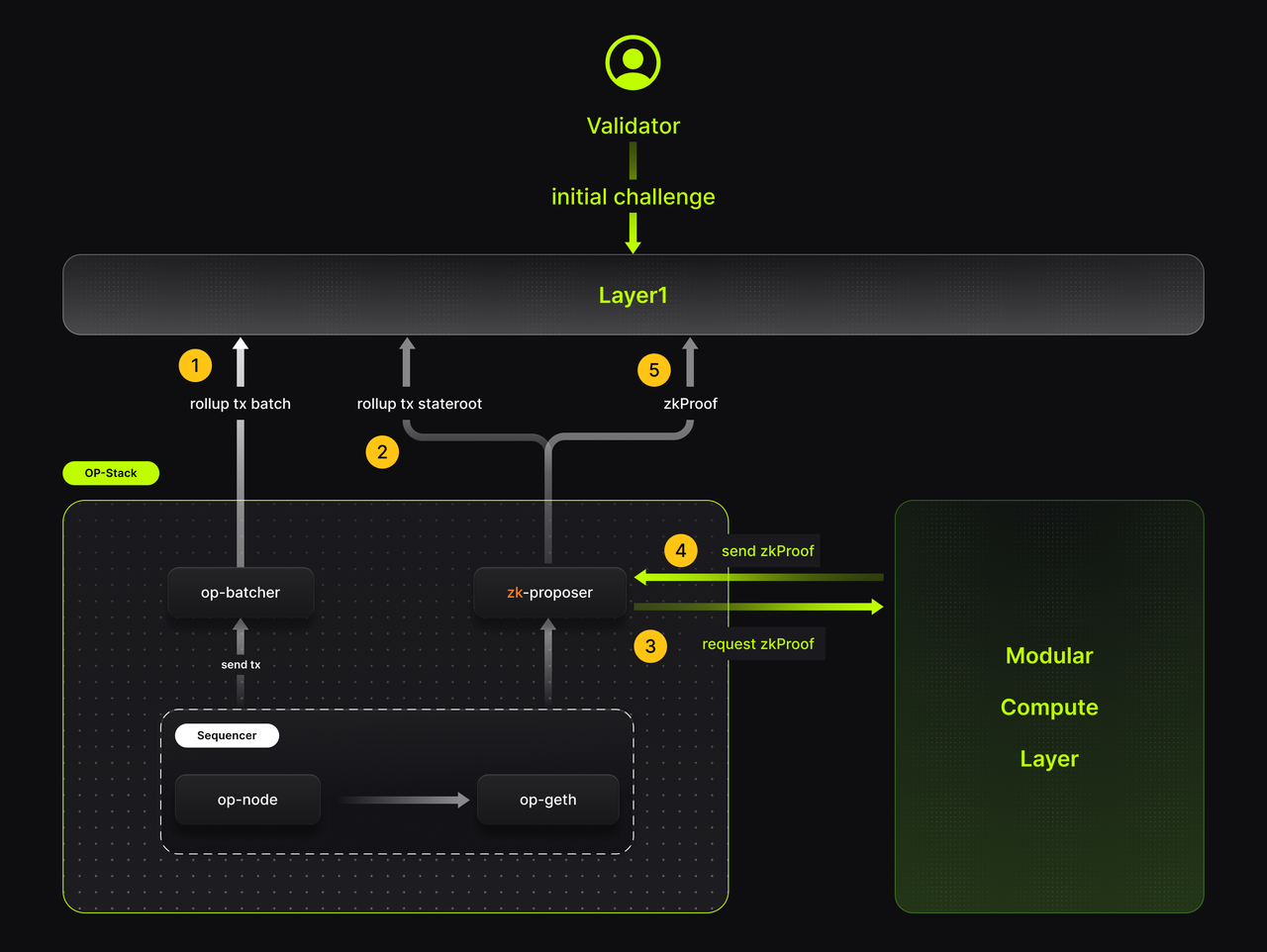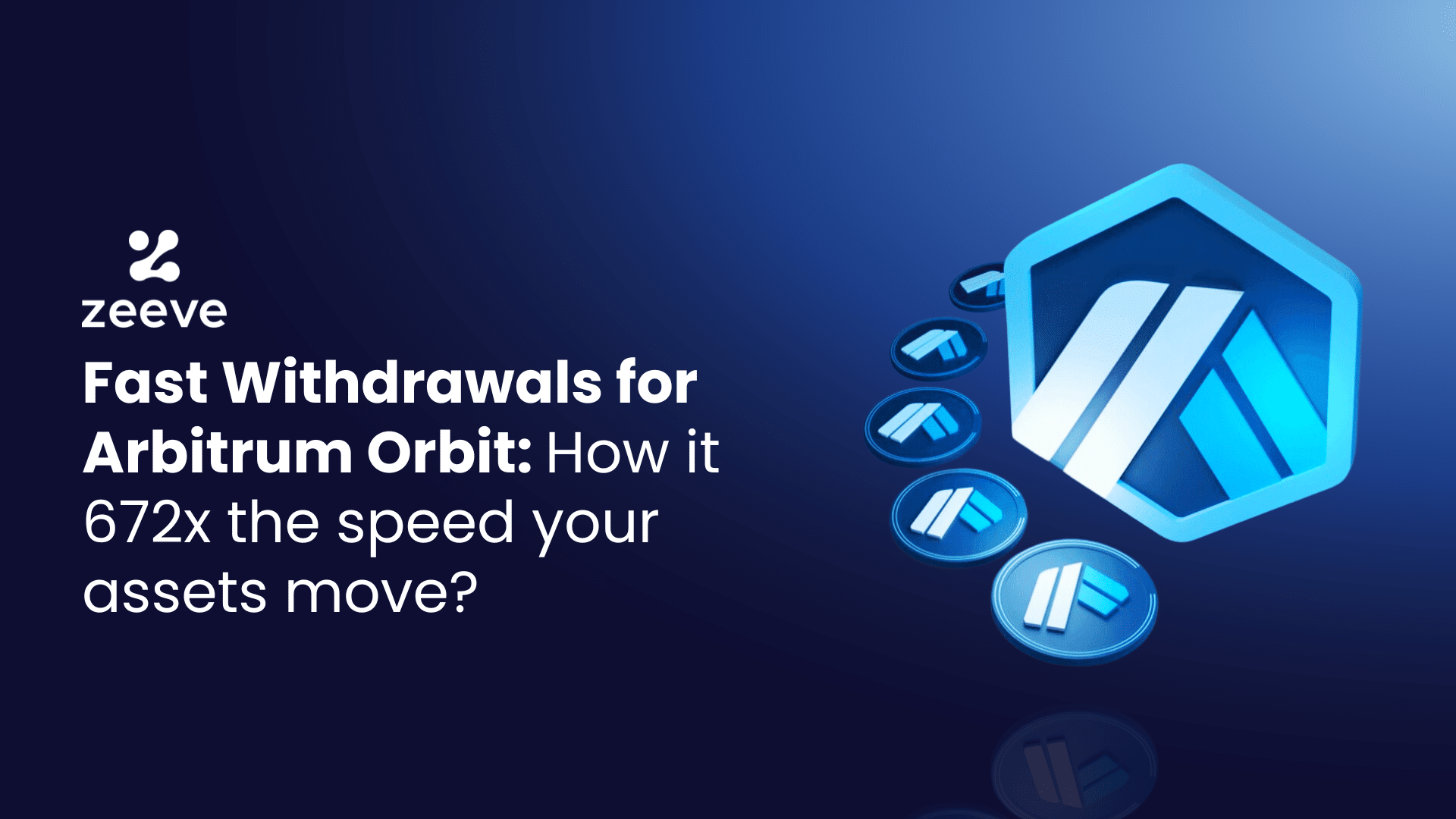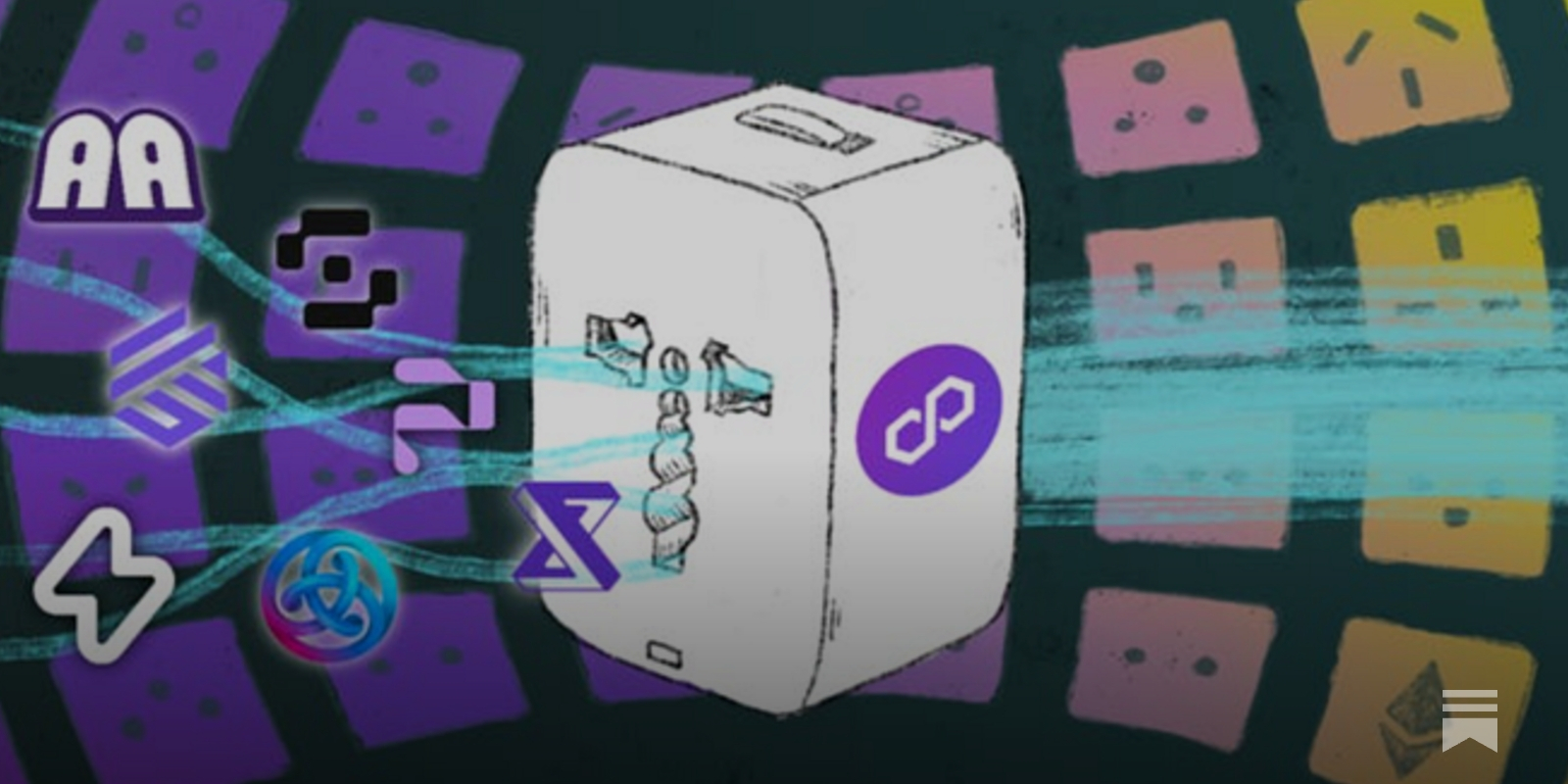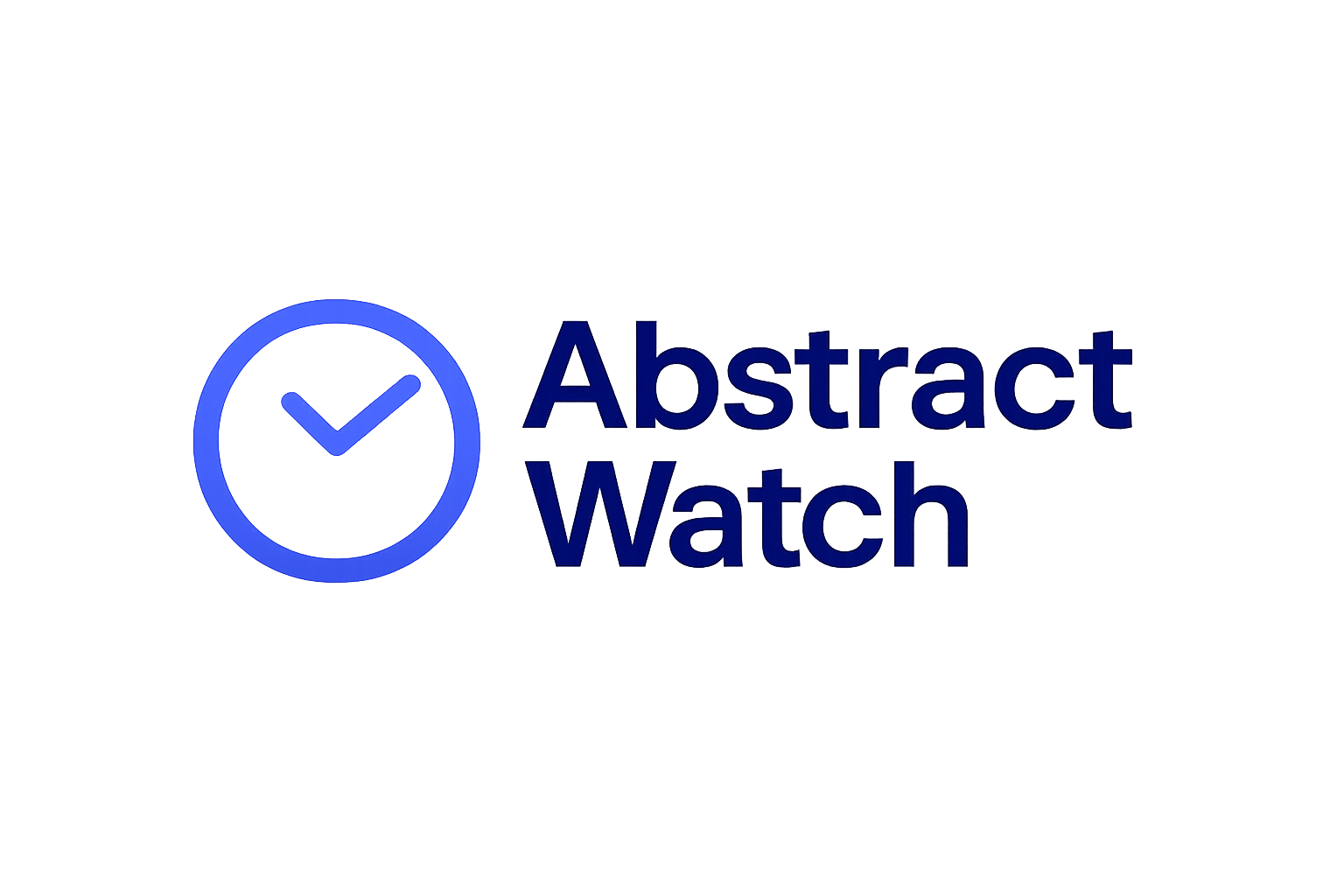
Launching a custom app-chain is no longer an exercise in wrestling with infrastructure or piecing together disparate blockchain components. In 2025, Rollup-as-a-Service (RaaS) platforms have transformed this process into a streamlined, developer-friendly experience. Whether you’re a lean startup or an enterprise innovator, deploying scalable app-chains using abstract rollup technology is now accessible, efficient, and robust.
![]()
Why Custom App-Chains and RaaS Matter in 2025
The surge in demand for application-specific chains, often called app-chains: is rooted in the need for tailored scalability, security, and sovereignty. Traditional Layer 1 blockchains can’t always provide the customizability or throughput modern decentralized apps require. Enter RaaS platforms: they let teams launch dedicated rollups that inherit security from established networks like Ethereum while maintaining control over governance, fees, and upgrades.
This paradigm shift solves several pain points:
- No more infrastructure headaches: Managed deployment means builders focus on product logic rather than node ops.
- Rapid go-to-market: Launch times are measured in minutes or hours, not months.
- Customizable environments: Choose frameworks (OP Stack, Arbitrum Orbit, Polygon CDK), data availability layers, and compliance options to suit your use case.
If you want to dive deeper into the basics of rollups and app-chains before building, check out resources like Instanodes’ RaaS guide.
Selecting Your Rollup Framework: OP Stack, Arbitrum Orbit and Beyond
The backbone of your custom app-chain is the rollup framework you choose. Each comes with its own set of tradeoffs and strengths:
OP Stack vs Arbitrum Orbit vs Polygon CDK: App-Chain Comparison
-

OP Stack by Optimism offers a modular, open-source framework for building Optimistic rollups. It features seamless Ethereum compatibility, shared liquidity via the Superchain, and a robust ecosystem of RaaS providers (e.g., Instanodes, Conduit, Caldera). Best for: Projects seeking interoperability, modularity, and access to Optimism’s ecosystem.
-

Arbitrum Orbit enables custom Layer 2 and Layer 3 chains with full control over sequencers, governance, and validation. It supports both Optimistic and zk-rollup technologies and integrates with Arbitrum’s established infrastructure. Best for: Teams needing customization, advanced governance, and scaling flexibility.
-

Polygon CDK (Chain Development Kit) empowers developers to launch zk-rollup-based app-chains with near-instant finality, low fees, and enhanced security. It leverages zero-knowledge proofs and offers seamless integration with Polygon’s ecosystem and tools. Best for: Applications prioritizing security, scalability, and zk-technology.
OP Stack, spearheaded by Optimism, offers modularity and seamless Ethereum compatibility. It’s a solid choice for projects seeking composability within the broader Ethereum ecosystem. Read more about OP Stack-based deployments here.
Arbitrum Orbit is ideal if you need granular control over sequencers or want to experiment with Layer 3 scaling strategies. Meanwhile, Polygon CDK leverages zk-rollups for ultra-low fees and faster finality, making it attractive for consumer-facing dApps where user experience is paramount.
The Step-by-Step App-Chain Launch Process on Modern RaaS Platforms
The deployment journey typically involves several critical stages:
You’ll start by selecting a provider, leading names include Instanodes, Conduit, Caldera, and Zeeve, each offering dashboards that abstract away technical complexity. Configuration steps include setting a unique Chain ID (to prevent network conflicts), choosing testnet or mainnet environments depending on your risk profile, and configuring settlement layers (Ethereum or alternatives like Celestia).
A pro tip: Prioritize your data availability strategy early. While Ethereum provides maximum security for transaction data posting, newer solutions such as Celestia offer scalability at lower costs, a crucial consideration as your user base grows.
Add-On Services: From Block Explorers to Bridges
No app-chain is complete without essential integrations that enhance usability and interoperability. Most RaaS providers supply plug-and-play options for block explorers (to visualize transactions), wallet integrations (for seamless end-user onboarding), as well as bridges and oracles (for cross-chain connectivity). These services are often available out-of-the-box or via simple dashboard toggles.
Security and compliance are not afterthoughts when launching a custom app-chain, they’re foundational. Leading Rollup-as-a-Service platforms have made it easier to implement robust security practices, including automated audits, upgradable contracts, and permissioned access controls. As regulatory clarity evolves, staying ahead of compliance requirements is critical for both enterprise and consumer-facing projects. Many RaaS providers now offer compliance modules or integrations tailored for specific jurisdictions, reducing the friction of ongoing governance.
Monitoring, Scaling, and Maintaining Your App-Chain
Once your app-chain is live, operational excellence becomes the new priority. Modern RaaS dashboards provide real-time analytics covering network health, transaction throughput, gas usage, and latency metrics. Automated alerts help you proactively address anomalies or performance bottlenecks before they impact users. Scaling is seamless, most platforms support horizontal scaling of sequencers and data layers to accommodate surges in demand without compromising uptime or finality.
The flexibility to upgrade your rollup framework or migrate to new data availability solutions means your app-chain can evolve alongside emerging blockchain infrastructure trends. This adaptability is a key reason why so many teams are choosing RaaS over building from scratch.
Real-World Use Cases: How Teams Are Leveraging RaaS
In 2025, we’re seeing an explosion of creative use cases for custom app-chains:
- DeFi protocols launching dedicated rollups for ultra-fast trading with minimal MEV risk
- Gaming studios deploying chains optimized for high-frequency microtransactions and NFT minting
- Enterprises creating permissioned environments with granular compliance controls for supply chain management or tokenized assets
- Social dApps leveraging zk-rollups for privacy-preserving user interactions at scale
This wave of innovation is only possible because RaaS abstracts away the infrastructure grind, letting teams focus on what makes their application unique.
Key Considerations Before You Launch
The ease of launching an app-chain doesn’t mean you should skip due diligence. Here’s what every team should keep in mind:
- Ecosystem Alignment: Ensure your chosen rollup framework supports the tooling and integrations you need, whether that’s EVM compatibility or native bridges.
- User Experience: Prioritize wallet compatibility and onboarding flows early in your development cycle.
- Sustainability: Plan for upgrades and maintenance; select providers that offer ongoing support as standards evolve.
- Cost Management: Compare fee structures across RaaS providers, some offer fixed pricing while others charge per transaction or resource usage.
If you want a deeper technical dive into configuration options or want to compare frameworks side by side, consult documentation from trusted sources like Instanodes’ RaaS guide.
Join the Next Wave: Deploy Your App-Chain Today
The era of monolithic blockchains is giving way to a modular future where any project can launch its own high-performance chain in hours, not months. By leveraging abstract rollup technology through Rollup-as-a-Service platforms, developers unlock scalability without sacrificing security or sovereignty. Whether you’re building the next DeFi primitive or a consumer gaming platform, there’s never been a better time to get started with custom app-chain deployment.
Which rollup framework are you most likely to use for your next app-chain project?
With Rollup-as-a-Service platforms making it easier than ever to launch custom app-chains, developers now have several powerful frameworks to choose from. Let us know which rollup framework you plan to use for your next project!













